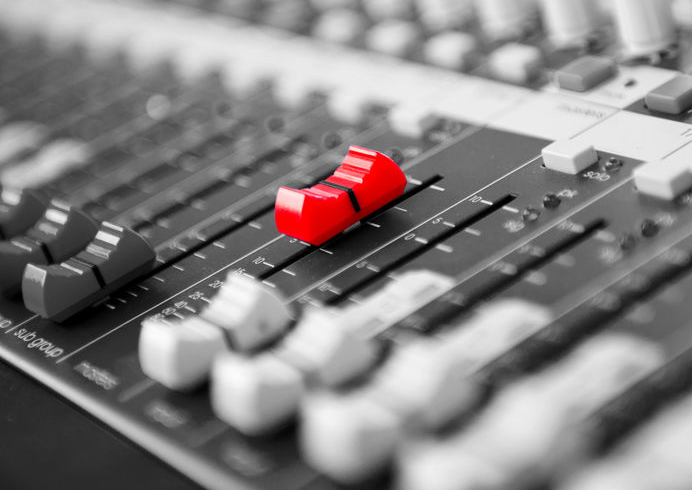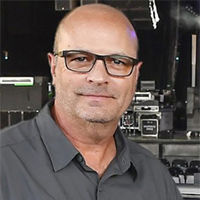It can be said that the process of building an audio mix is a series of steps and movements, one added to the next, until you get to a point where you’re happy with the result. Most of us probably start by setting the preamp gain, then bring the fader up until we hear the input in the sound system.
The next move may be to add a low-frequency cut by engaging the high-pass filter (HPF), followed by adding a little bit of EQ to shape the tone. After following this process for all 30 or 40 inputs, we finish things off by adding some nice verbs and other effects to give the mix some added polish.
However, in audio – as in life – we only get to add so much. Sooner or later we’re bound to hit a breaking point. Remember: feedback is God’s way of saying “Turn it down my child!”
I’m sure many can relate to the mix version of chasing your tail – the snare needs to pop more, so you give it an upward nudge. Then the guitar starts to drift into the murky middle of the mix, so you give it a little high-mid boost to cut through, which undoubtedly makes the lead vocal harder to hear. And so on, and so on… It’s a losing game that usually trends in one direction only – up! When the SPL meter is reading 105 dB, it’s a clear indication that there must be a better solution.
Think Differently
My suggestion is a technique called “subtractive mixing.” I like to think of it as a mental game that involves asking yourself a different set of questions regarding level and EQ. Instead of considering what to turn up to get a channel to be more present in the mix, ask what possibly can be turned down. Why add more high-mid frequencies to the snare when taking a little of the same frequencies from the guitar and background vocals might open up a pocket for the snare to occupy?
In the current world of dB limits at festivals and outdoor music venues (thank the good Lord for this, by the way), we’re “encouraged” to produce a powerful, hi-fi, studio quality mix while staying at a safe “neighborhood friendly” level. I don’t really like being told to turn down, and even though it isn’t too tricky to accomplish (unless your band’s stage volume is the same as the venue’s dB limit), it can be a bother.
Give the “subtractive mixing” process a go. It can really assist in achieving this goal. A little bit of master bus compression and some disciplined mix moves will serve you well as you strive to create a powerful, yet controlled mix.
In our quest to become better audio engineers, one of the ways to move to the next level is the ability to combine channels of similar tonal characteristics so they sound musical, stay out of each other’s way, and gel while still being clearly heard in the mix. It’s a science and an art.
Effective use of the high-pass (and low-pass) filtering, combined with thoughtful EQ choices, can help create space in the mix and separation in the instruments and vocals. As you make these adjustments and choices, keep in mind that if something is not being heard, it may not be that it’s not loud enough, it might possibly be that another channel is too loud and is stepping all over the first channel’s real estate.
Free Space
Embrace the philosophy that down is the new up! A powerful, pristine mix doesn’t always have to be about loud, louder and loudest – it can certainly be about multiple channels sitting at the right volume with the right tonality to blend together in a musical way. When something isn’t cutting through, adjust your methodology and consider what channels or what “frequency clutter” can be taken away to create free space for the weaker inputs.
Compression can certainly help with this as well. Good ol’ digital console channel compression may be all that’s needed to keep instruments and vocals from “jumping” in the mix, or there may be the need to bring out the “big guns” and use a dynamic EQ or multiband EQ to rein in offending frequency ranges on particular channels.
I always warn: Use these tools carefully in live mixing situations. They are amazing when used effectively but can cause a multi-vehicle wreck if allowed to squish transients and pummel quality-sounding instruments if you take your hands off the wheel. Use these tools wisely and gently, and always pop that insert button in and out from time to time to keep yourself honest.
It’s a dog-eat-dog world, and survival of the fittest is not just a theory, it can often be the way life works. But within the constraints of an audio mix, help the struggling inputs to shine by pushing the offenders to the side (or down a few dB). You just might make it a fair fight.





















